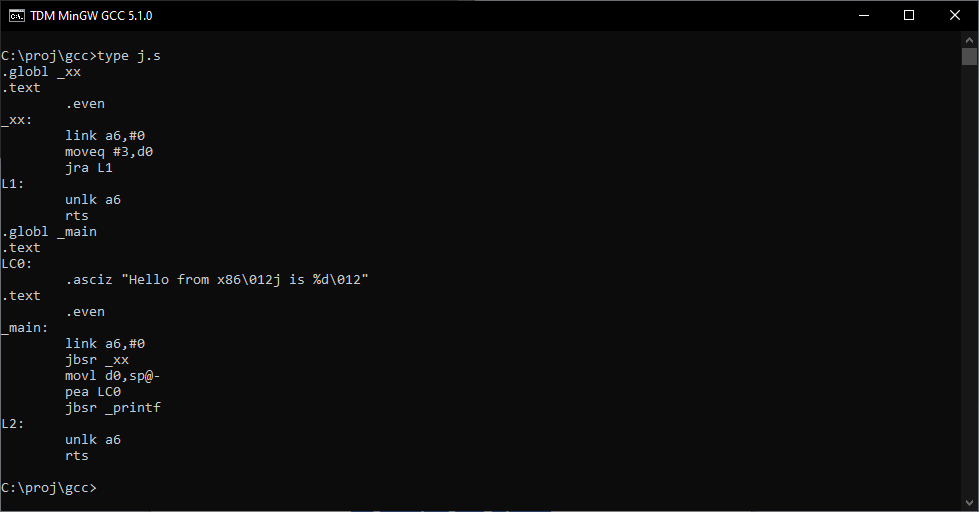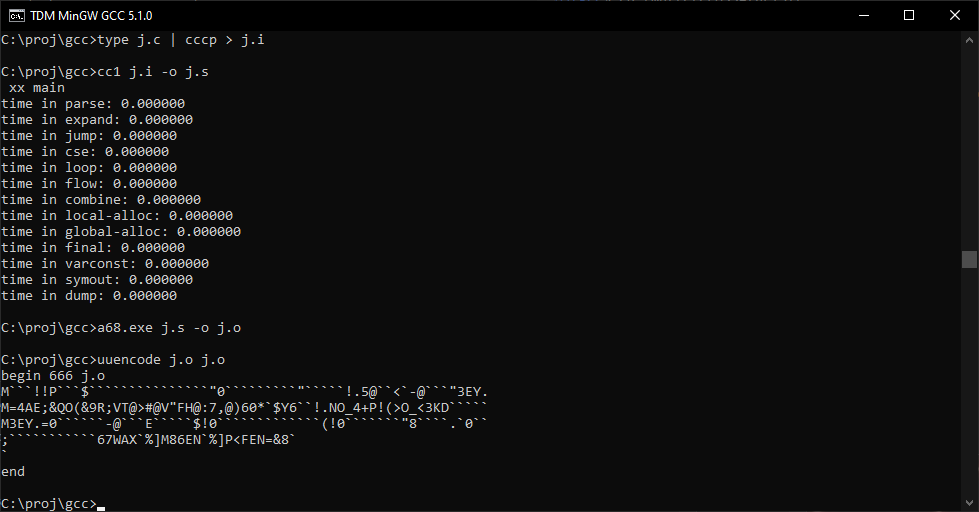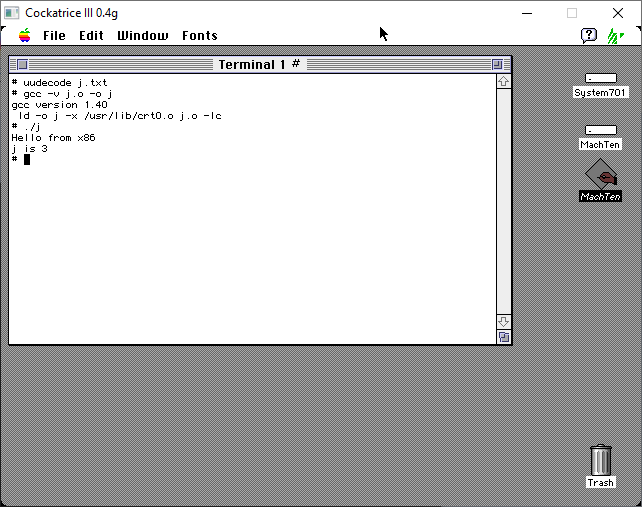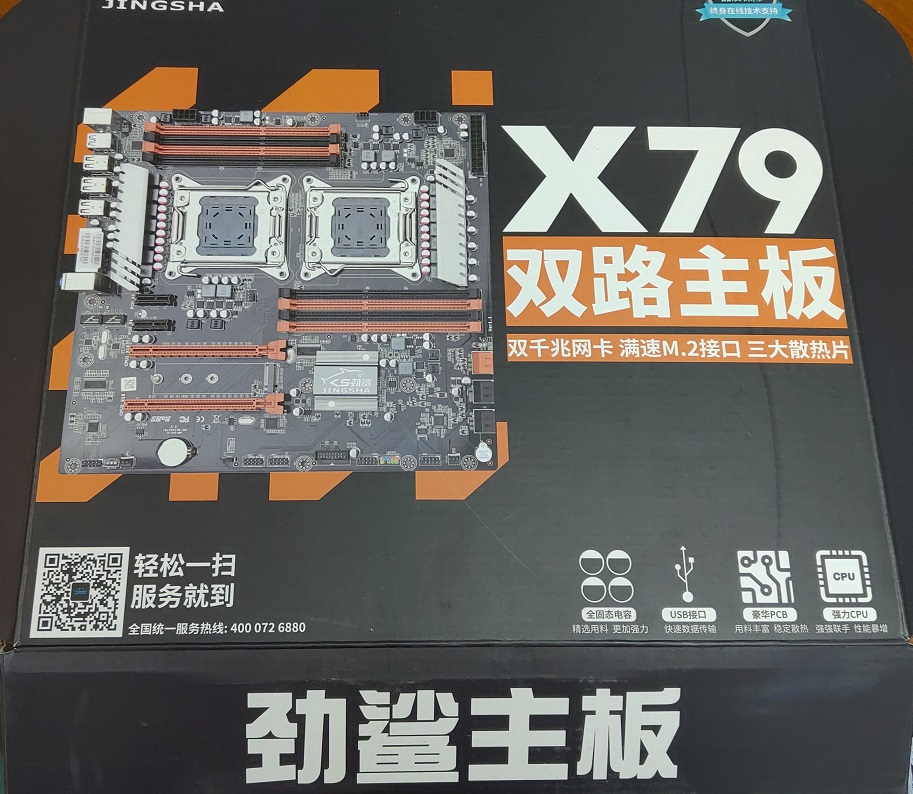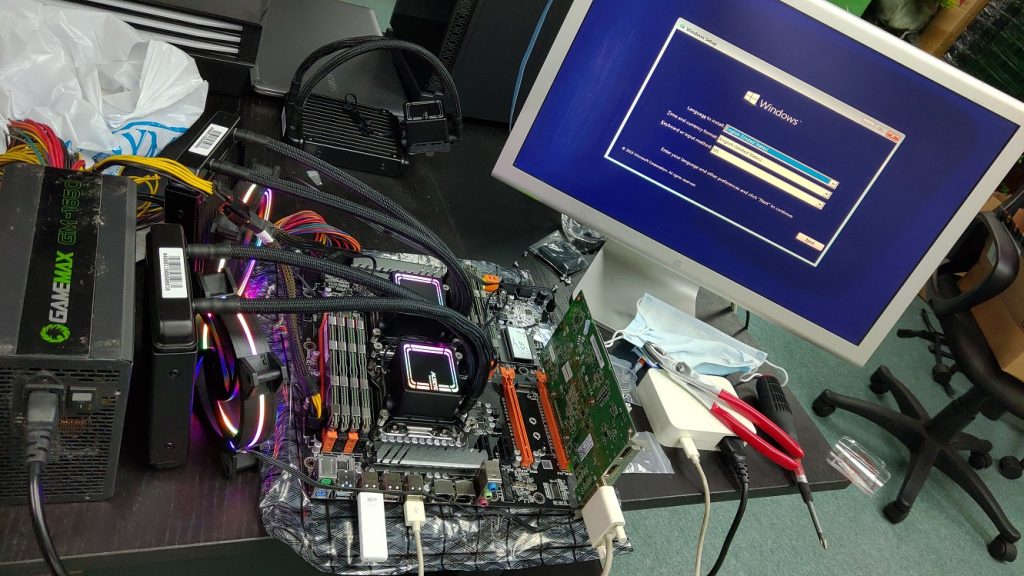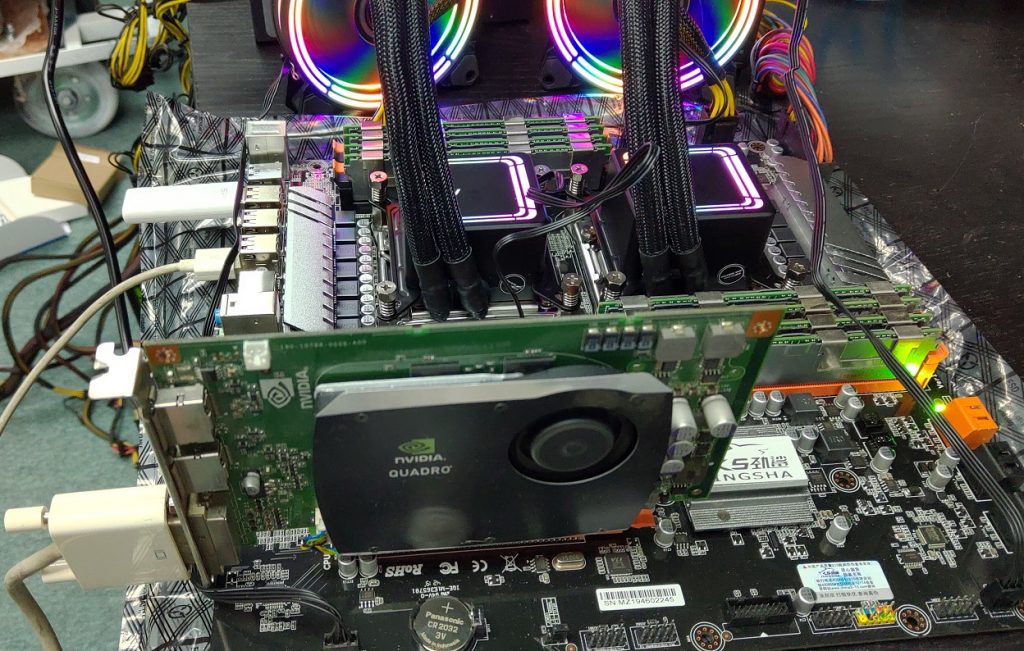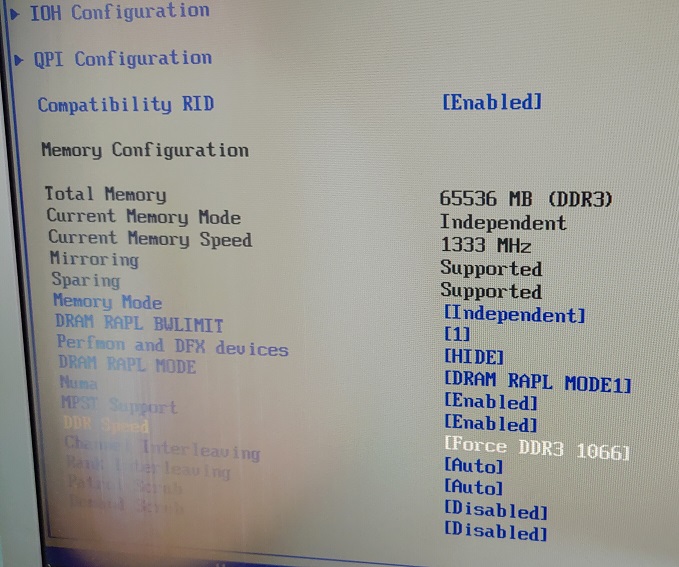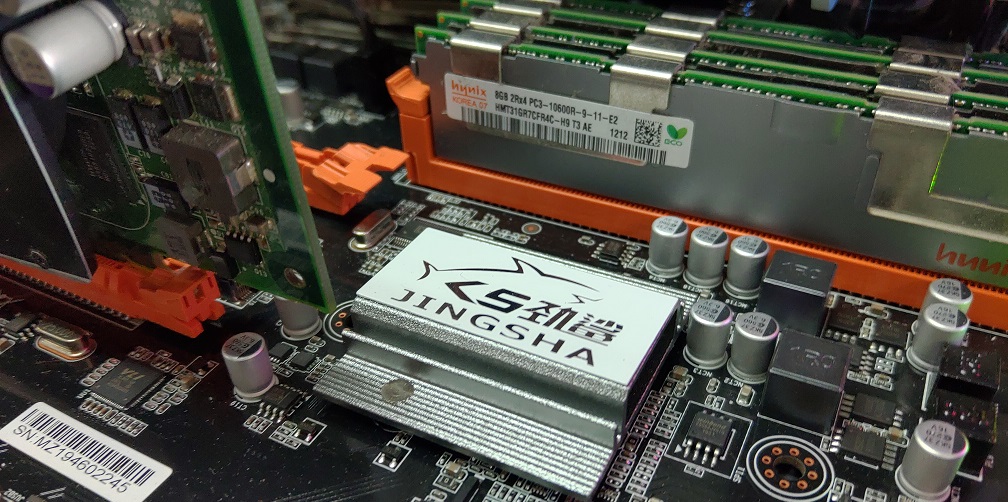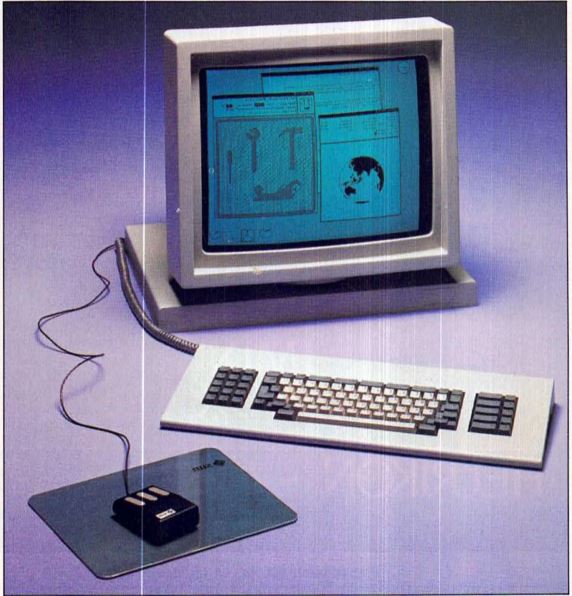
Since I was playing with the 68000 based GCC ’87 I know it was going to be more geared to SUN workstations, certainly of the early 80’s vintage as they would be the most ‘affordable/cheap/donated’ to FSF (Or so I’d imagine).
Naturally the go to emulator is TME, however this time while searching around for the install scripts and stuff I found lisper‘s (heeltoe.com) emulator-sun-2, a greatly cut down and SUN-2 focused emulator that emphasizes ease of use.
Wait, what? SUN-2, and ease of use? Why yes, not only that, as it uses SDL 1.2 it also means it’s much easier to compile. After an hour of messing around with it, I had it running on Windows. After a few minutes I had it running on my ARM based Acer NovaGO.
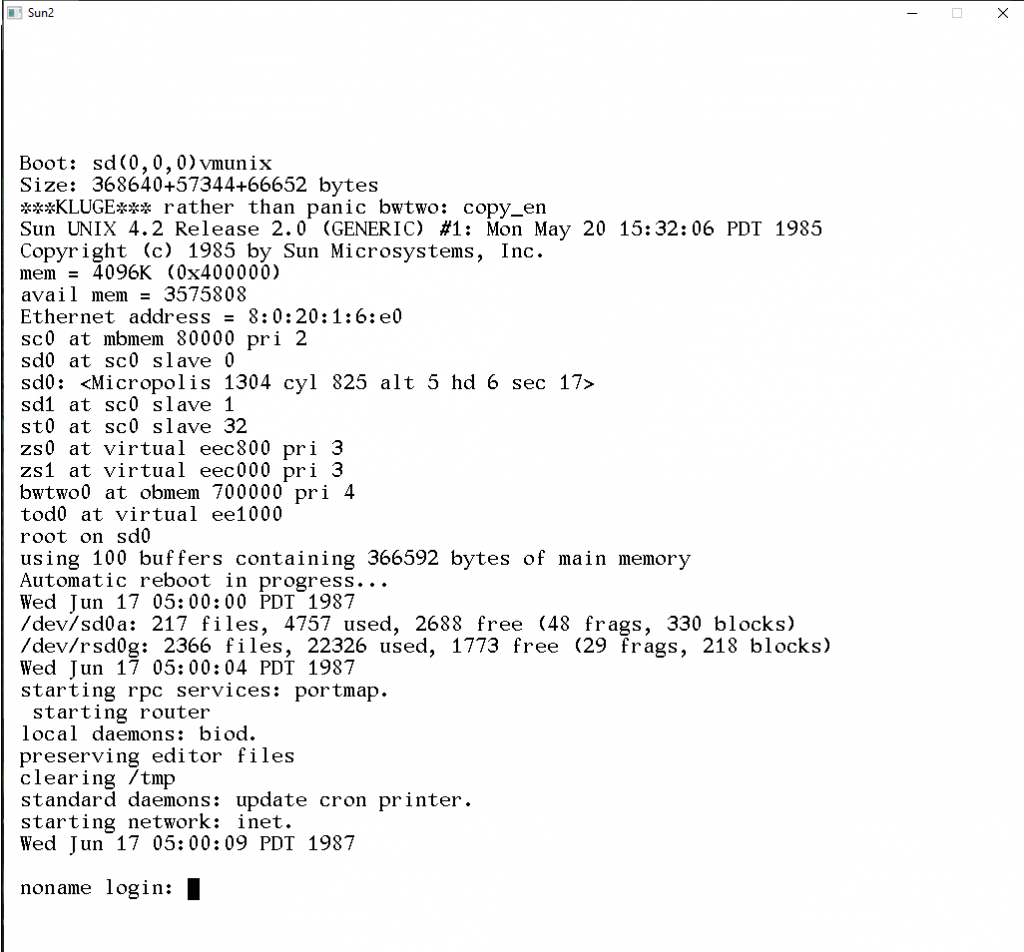
At it’s core is the m68k 68010 emulation from Karl Stenerud‘s Musashi core which is a great choice for the SUN-2 as it’s a 68010 based machine. Some fun notes from web.cuzuco.com/~cuzuco/sun2/ include:
- CPU is a Motorola 68010 running at 10MHz
- Maximum physical memory is 4 Megabytes
- Maximum virtual memory is 16 Megabytes
- All I/O is via a Multibus (an Intel design)
- Main disk is a SMD, the largest size is 380Mbyte
- Has a SCSI adapter, but the disk is slow and small (42Mbyte)
- Sun was just finishing NFS
- alludes to future AT&T UNIX System VI and VII
- Display supported dual heads and a resolution of 1152×900
- List price as tested: $44,900
- Sun was still private, had 400 employees and sold 1500 units
You can read about the debut of the SUN-2 in the UNIX/WORLD Magazine, VOlume 1, Number 5 dated October 1984 in archive.org. It starts on page 86.
I started to integrate sigurbjornl’s patches for networking but I think I need to work through SunOS 2.0’s weird VAX 4.2BSD arp issues (anyone have the source code to SunOS 2.0?!). I’ll probably update it with UDP or some fixed ARP thing to remove that or just let the SUN-2 talk to a VAX with 4.2BSD so they can be weird, together.
I’m also pretty sure my old Cockatrice III sort of debugged SLiRP thing broke the packed structs to let it work properly when compiled with Microsoft C, so I’ll have to break down and either try to fix that, or update and borrow the vastly updated SLiRP from SIMH.
For Windows users who want to play along the bundle is on the terribly named page “Ancient UNIX/BSD emulation on Windows” as SUN2.zip.


